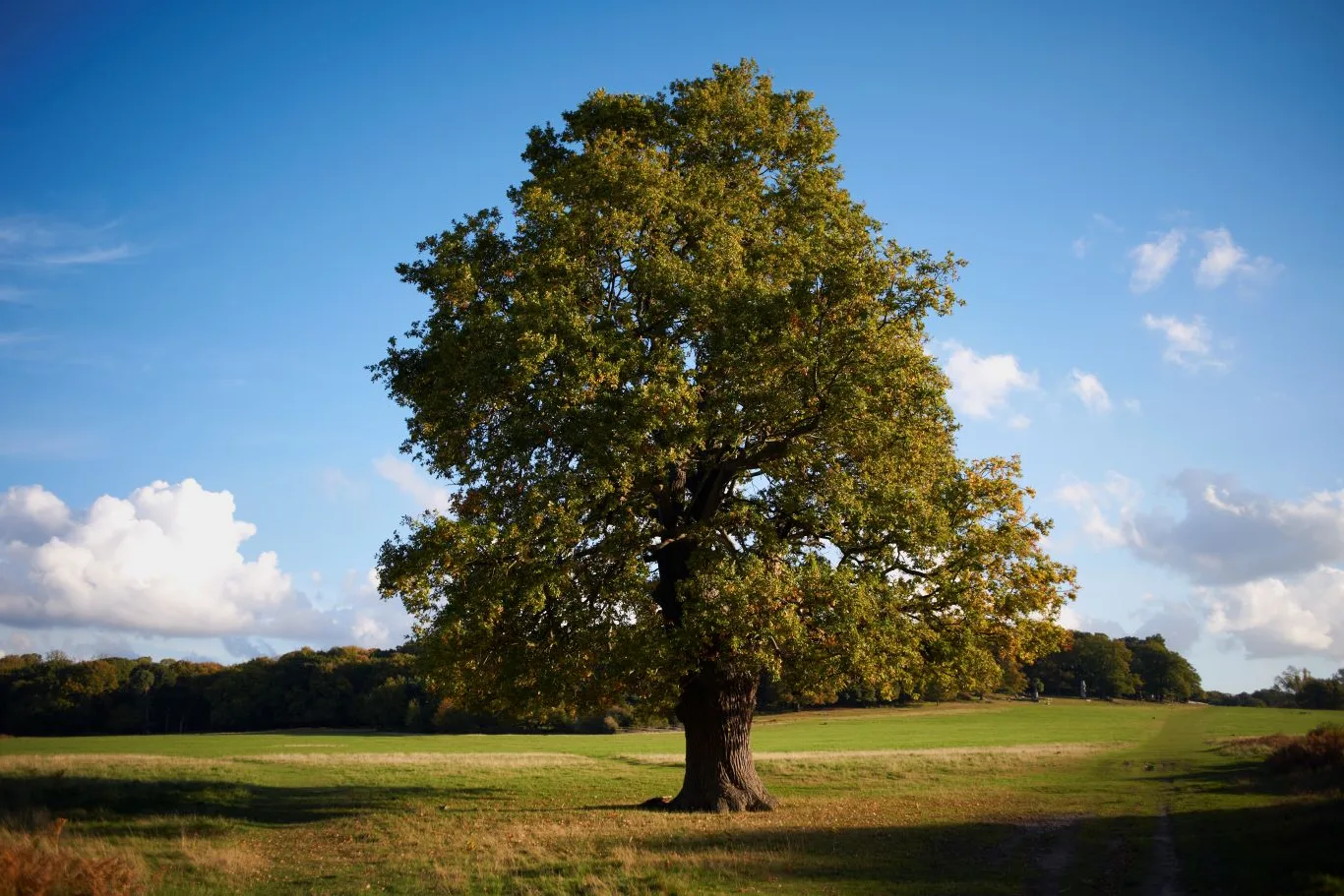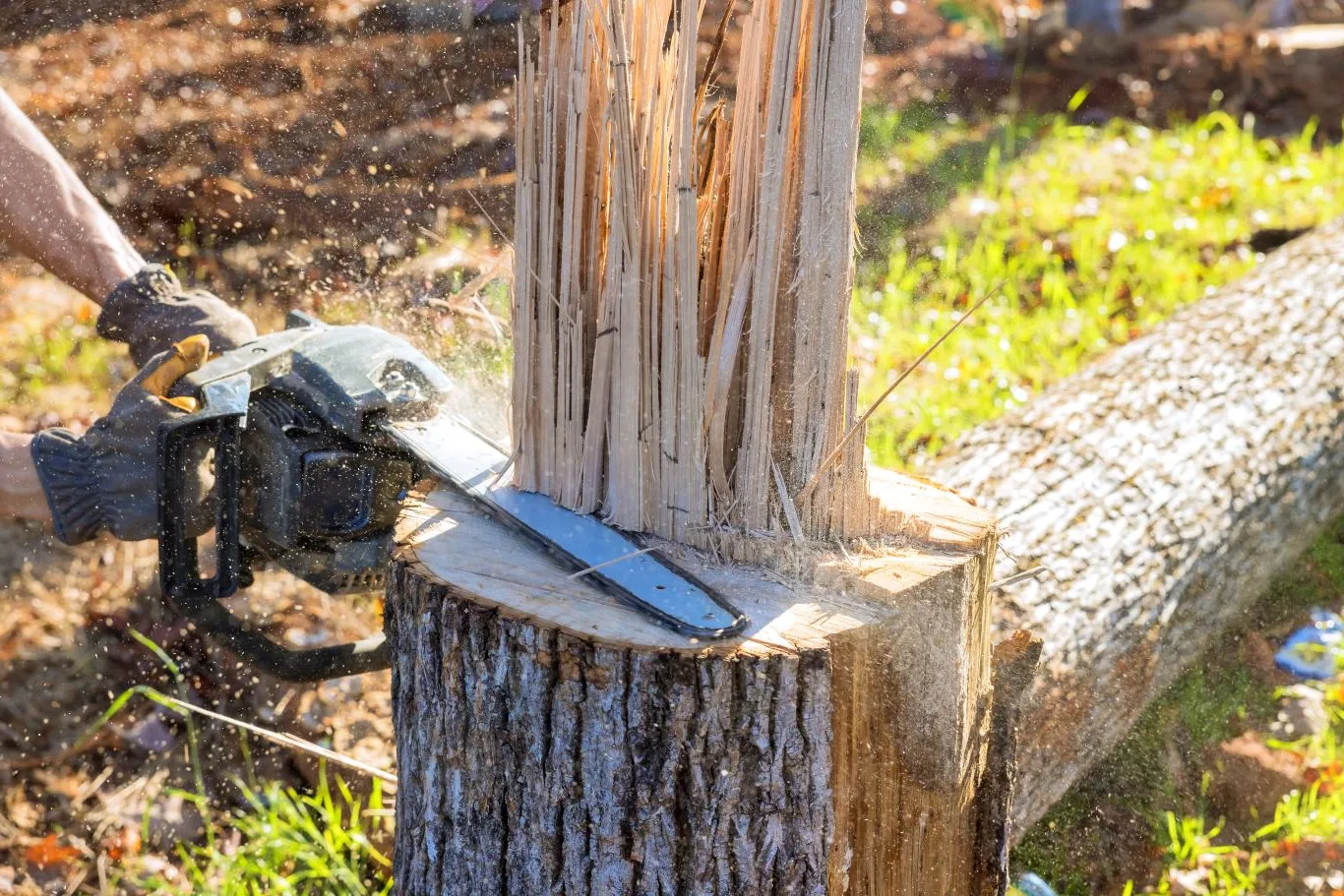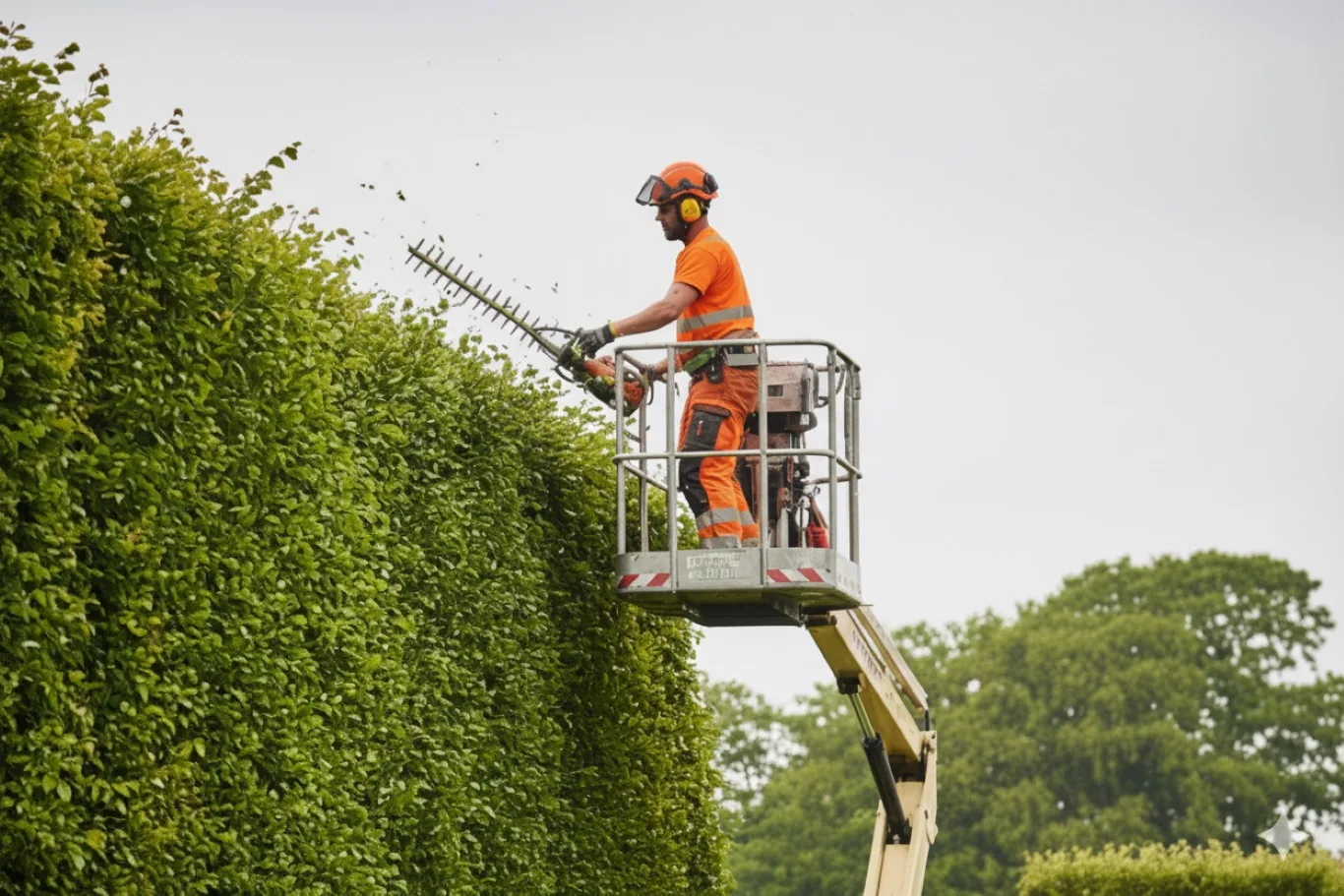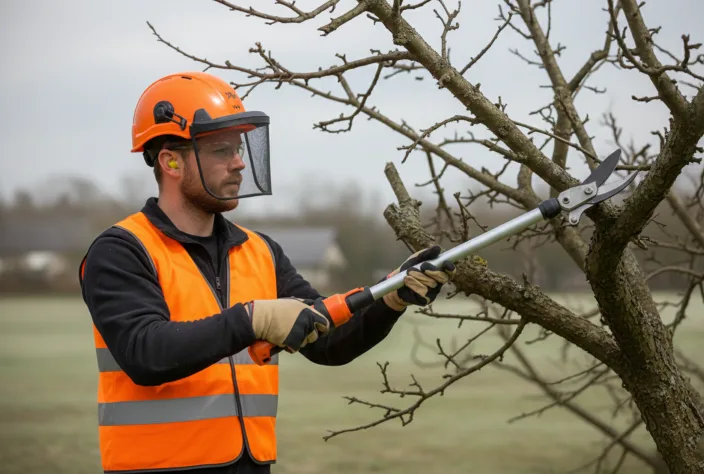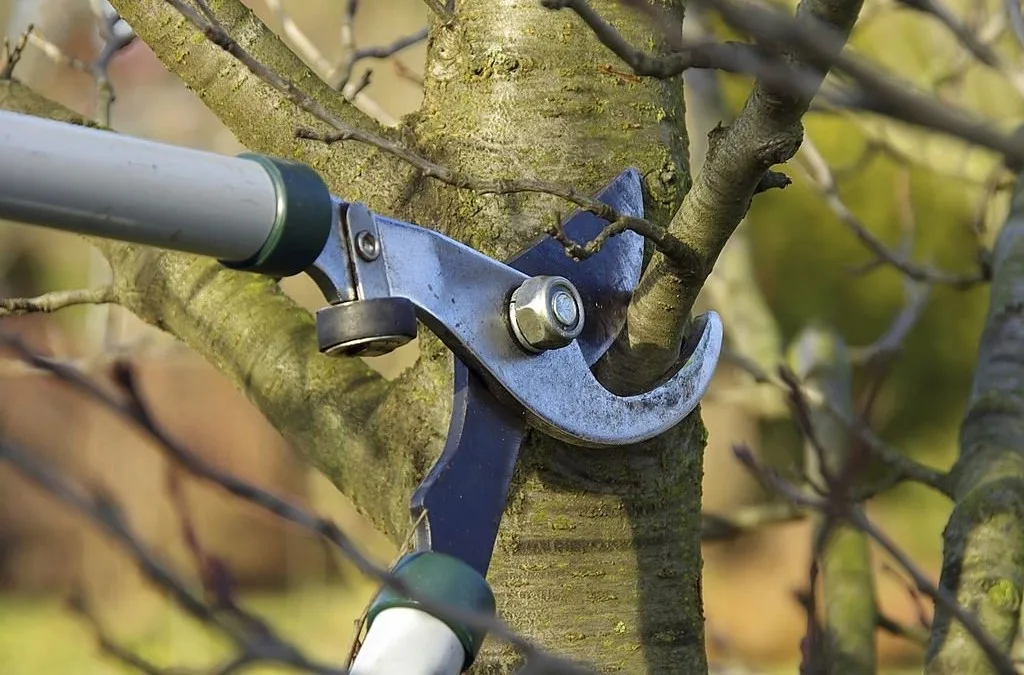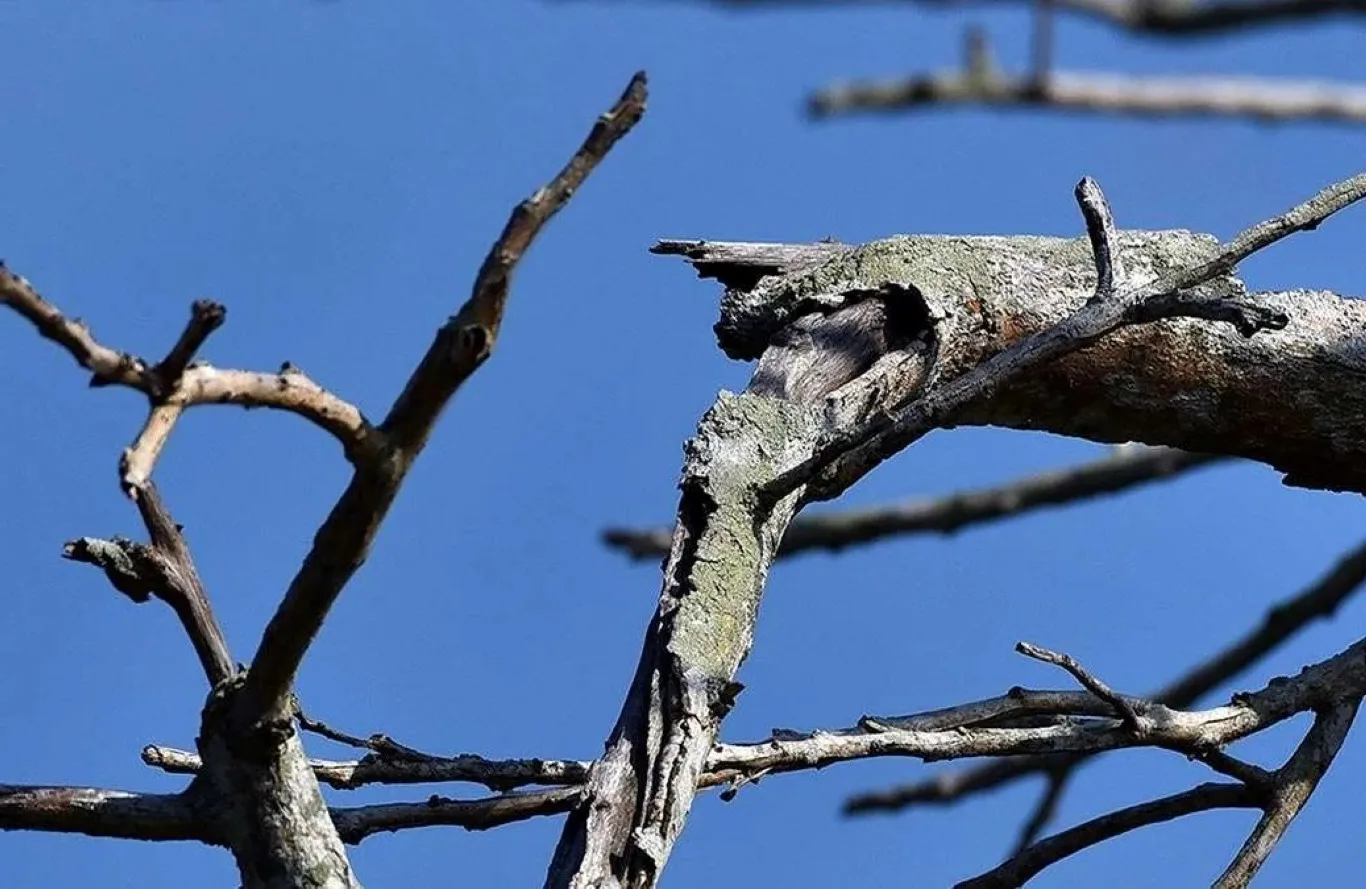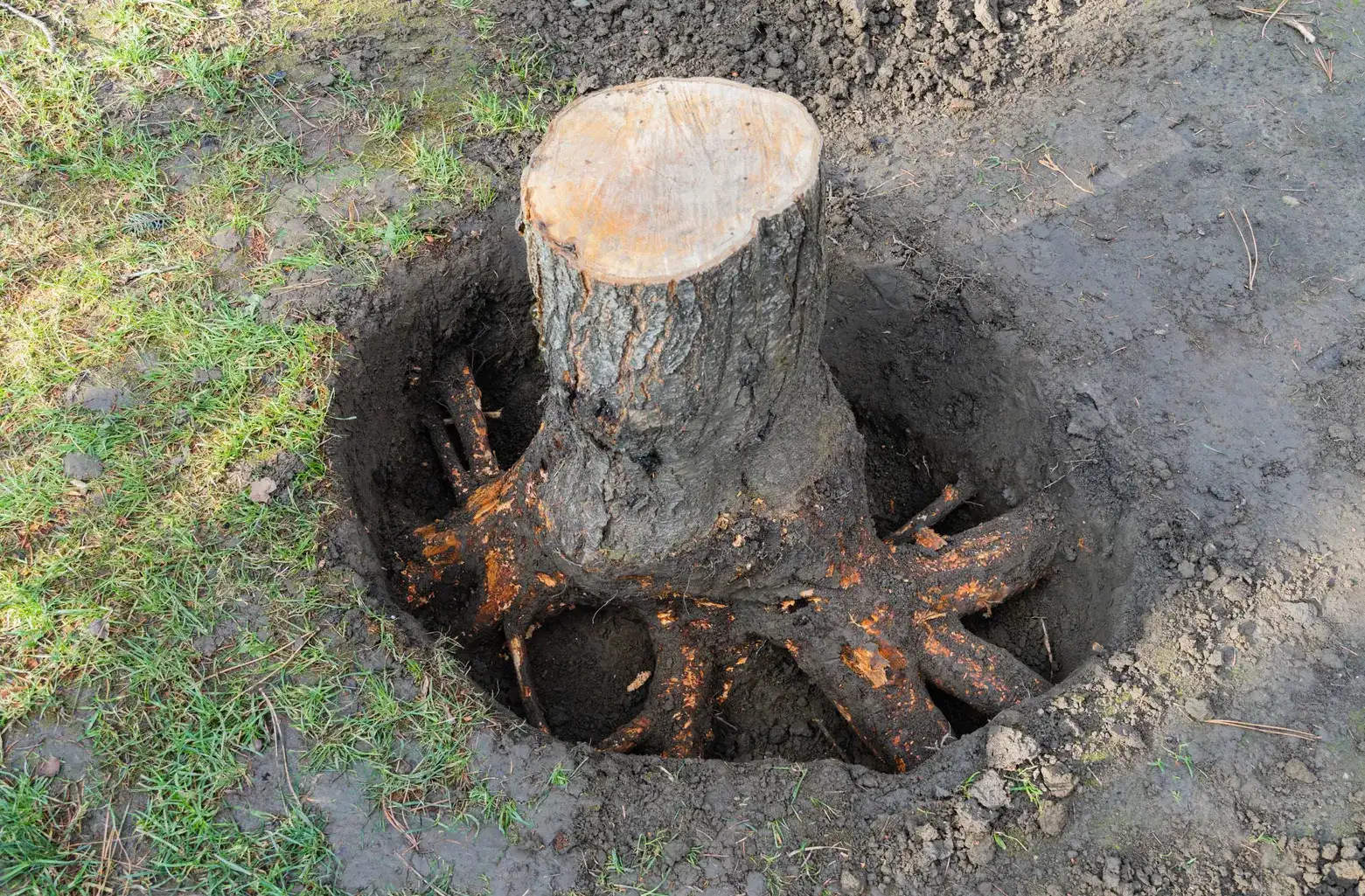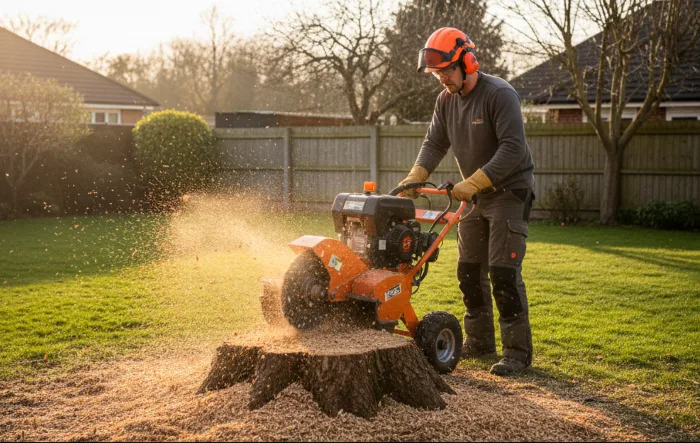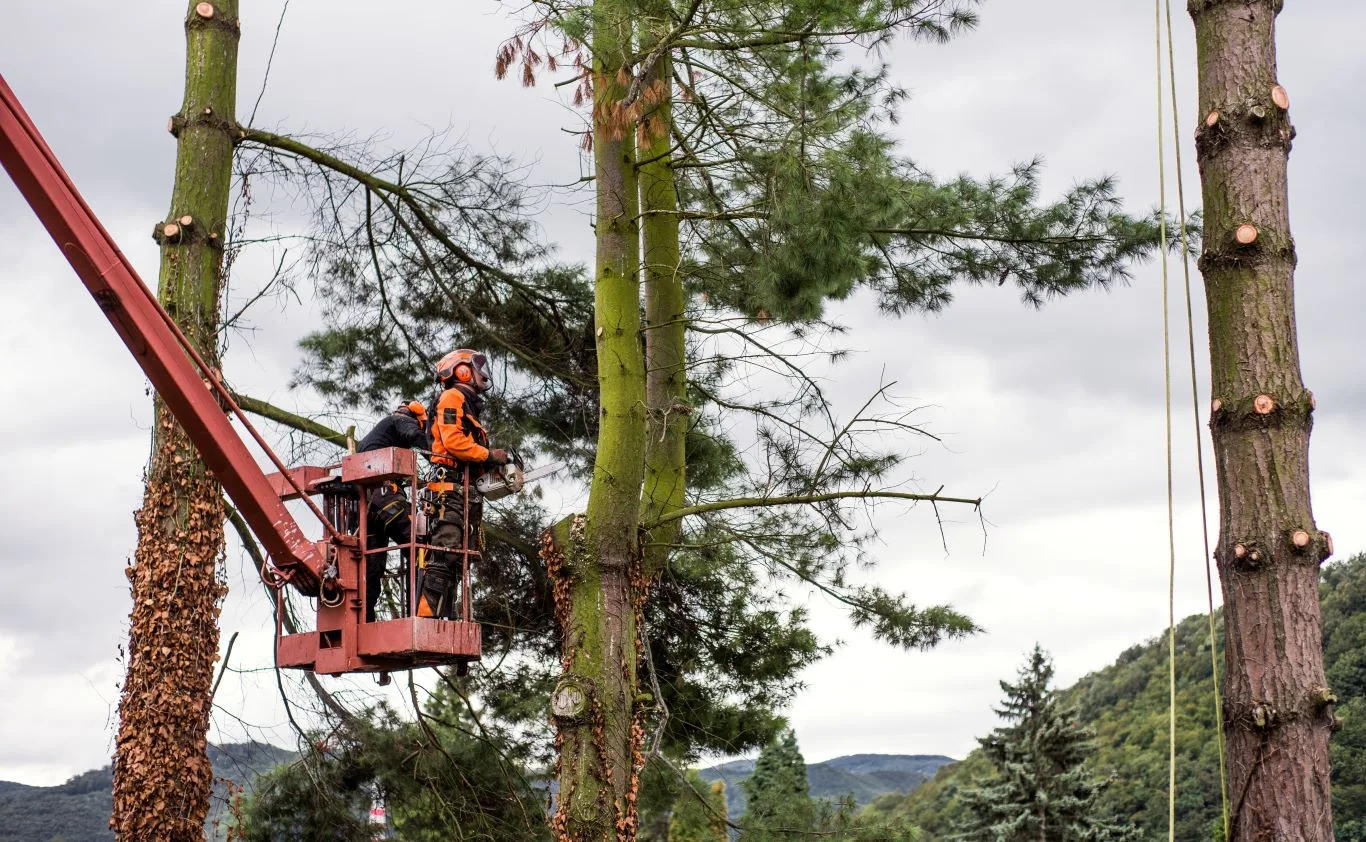Introduction: Discovering the Beauty and Variety of Oak Trees
The types of oak trees found across the UK are among the most iconic and beloved species in the natural landscape. Known for their incredible strength, longevity, and striking beauty, oaks are often seen as symbols of stability and heritage. From the grand English oak standing proudly in countryside estates to the rugged sessile oak thriving on upland slopes, these trees form a vital part of British woodland culture.
If you’re fascinated by oaks or have one growing on your property, understanding the different kinds of oak trees can help you appreciate their diversity—and ensure they receive the right care. That’s where professional help from local experts like Chigwell Tree Services can make a difference. Renowned for offering affordable and professional tree care in Essex and nearby areas, they can help maintain your oak trees’ health and appearance.
Start a WhatsApp chat and grab your free quote today :
A Brief History of Oak Trees in the UK
Oak trees have long held a special place in British history and folklore. Used in shipbuilding, furniture making, and architecture, they were once the backbone of industries that helped shape the nation. The oak leaf even became a symbol of strength and endurance, featured in military insignia and local emblems.
There are more than 600 different oak species worldwide, but only a few are native to the UK. The two most common are the English oak (Quercus robur) and the sessile oak (Quercus petraea). Both are highly valued for their beauty, durability, and contribution to wildlife habitats.
1. English Oak (Quercus robur)
Perhaps the most famous and instantly recognisable of all, the English oak is the tree of legends. With its broad, spreading crown and deeply lobed leaves, it’s a staple of parks, estates, and woodlands throughout Britain.
Key features:
- Rounded lobed leaves with short stalks
- Acorns attached to long stems
- Thick, rugged bark with deep fissures
- Can live for over 800 years
English oaks support over 2,000 species of wildlife, including birds, insects, fungi, and mosses. They thrive in lowland areas with deep, rich soils, making them a favourite for rewilding and landscape projects.
2. Sessile Oak (Quercus petraea)
The sessile oak, often found in upland regions and western parts of the UK, is the second native oak species. Though similar to its English cousin, it has subtle differences that set it apart.
Identifying features:
- Leaves with long stalks (unlike the English oak)
- Acorns grow directly on the twig (hence “sessile”)
- Slightly smoother bark and straighter trunk
- Prefers well-drained, rocky soils
Sessile oaks are particularly resilient, making them well-suited for exposed landscapes. Their timber is prized for strength and durability, historically used in furniture and building frameworks.
3. Turkey Oak (Quercus cerris)
Introduced to Britain in the 18th century, the Turkey oak grows quickly and adapts well to various soil conditions. While not native, it has become a familiar sight across much of southern England.
Key traits:
- Deeply cut leaves with bristle tips
- Furry acorn cups
- Rapid growth but shorter lifespan than native oaks
However, Turkey oaks are sometimes considered problematic because they host a wasp that can affect native oak acorns. Still, they remain a striking ornamental tree in larger landscapes.
4. Holm Oak (Quercus ilex)
The Holm oak, also known as the evergreen oak, was introduced from the Mediterranean and is now common along coastal regions of the UK. Unlike most oaks, it retains its leaves throughout the year, giving it a distinctive appearance.
Features include:
- Dark green, glossy leaves resembling holly
- Acorns with smooth, oval shapes
- Dense canopy ideal for windbreaks
Holm oaks can live for centuries and withstand salty winds, making them perfect for coastal gardens and parks.
5. Red Oak (Quercus rubra)
Native to North America but widely planted in Britain, the red oak is admired for its vibrant autumn foliage. The leaves turn deep shades of red and orange, creating a stunning seasonal display.
Distinctive characteristics:
- Pointed leaves with sharp lobes
- Smooth grey bark when young, darkening with age
- Fast-growing and tolerant of urban pollution
Although its wood is less durable than native oaks, its aesthetic appeal has made it a popular choice in ornamental planting.
Oak Tree Identification Tips
Identifying different oak tree species can be challenging because hybridisation often occurs, especially between English and sessile oaks. However, these quick tips can help:
- Leaf stalks: English oak leaves have short stalks; sessile oak leaves have long ones.
- Acorns: English oak acorns hang on long stems; sessile oak acorns grow directly from twigs.
- Habitat: English oaks prefer lowlands; sessile oaks dominate uplands.
Observing the bark, canopy shape, and growing environment can also provide strong identification clues.
Why Oak Trees Are So Valuable
The different varieties of oak trees aren’t just beautiful—they’re essential to biodiversity. Oaks provide homes and food for countless insects, birds, and mammals. Their acorns support wildlife such as squirrels, jays, and deer, while their canopies offer shelter for owls and bats.
From an ecological perspective, oak woodlands are vital for carbon storage, soil protection, and air purification. These trees also enhance property value and improve mental wellbeing, making them priceless additions to the British landscape.
Caring for Oak Trees
Proper maintenance helps oaks thrive for centuries. Here are a few essential oak tree care tips:
- Prune carefully: Remove dead or crossing branches in late winter.
- Avoid compaction: Don’t park vehicles or build structures near the root zone.
- Watch for pests: Keep an eye out for oak processionary moth or powdery mildew.
- Water young trees: During dry spells, ensure saplings receive adequate moisture.
If your oak shows signs of distress, hiring local tree professionals like Chigwell Tree Services is a wise decision. With years of experience in tree pruning, maintenance, and removal services, they offer reliable support to keep your oaks healthy and safe for generations to come.
Conclusion: Celebrating Britain’s Iconic Oaks
Whether you’re admiring the majestic English oak, the resilient sessile oak, or the vibrant red oak, these trees stand as timeless guardians of Britain’s natural beauty. Learning about the types of oak trees not only deepens your appreciation for nature but also helps preserve them for the future.
If you own oak trees and want to ensure they receive expert care, Chigwell Tree Services provides the perfect balance of professionalism, affordability, and passion for tree preservation — serving Essex and surrounding areas with pride.

